What is the tolerance range of precision screws?
What is the tolerance range of precision screws?
Service Hotline
+86760-8787 8587We have more than ten years of production experience in the screw industry. The main products are: rivet nuts and nuts, flush nuts and nuts, cabinet three-combination screws, dish washers, flat head hexagonal rivet stud nuts, German standard anchor bolts ,Titanium spring washer,Nylon stud MADA,Small countersunk head/flat head bare body blind hole rivet nut,double round copper post,handle screw bolt,304 semi-stainless steel rivet,hexagonal slotted thick nut,flat head rivet nut wholesale nut , DIN434 and other fasteners, due to different product materials and specifications, the prices are also different, if necessary, please contact us.


High-strength fasteners must be quenched and tempered according to technical requirements. The purpose of heat treatment and tempering is to improve the comprehensive mechanical properties of fasteners to meet the specified tensile strength value and yield ratio of the product. The heat treatment process has a crucial impact on high-strength fasteners, especially its intrinsic quality. Therefore, in order to produce high-quality high-strength fasteners, advanced heat treatment technology and equipment must be available. Due to the large production volume and low price of high-strength bolts, and the threaded part is a relatively fine and relatively precise structure, the heat treatment equipment is required to have large production capacity, high degree of automation, and good heat treatment quality. Since the 1990s, the continuous heat treatment production line with protective atmosphere has dominated, and the shock bottom type and mesh belt furnace are especially suitable for heat treatment and tempering of small and medium-sized fasteners. In addition to the good sealing performance of the furnace, the quenching and tempering line also has advanced computer control of atmosphere, temperature and process parameters, equipment failure alarm and display functions. High-strength fasteners are automatically controlled and operated from feeding-cleaning-heating-quenching-cleaning-tempering-coloring to offline, which effectively ensures the quality of heat treatment. The decarburization of the thread will cause the fastener to trip before the resistance required by the mechanical properties is reached, which will cause the failure of the threaded fastener and shorten the service life. Due to the decarburization of the raw material, if the annealing is improper, the decarburized layer of the raw material will be deepened. In the process of quenching and tempering heat treatment, some oxidizing gas is generally brought in from outside the furnace. The rust of the bar wire or the residue on the surface of the wire rod after cold drawing will also decompose after being heated in the furnace, and some oxidizing gases will be generated by the reaction. For example, the surface rust of steel wire, which is composed of iron carbonate and hydroxide, will be decomposed into CO₂ and H₂O after heating, thus aggravating decarburization. Studies have shown that the degree of decarburization of medium carbon alloy steel is more serious than that of carbon steel, and the fastest decarburization temperature is between 700 and 800 degrees Celsius. Because the attachments on the surface of the steel wire decompose and synthesize carbon dioxide and water very quickly under certain conditions, if the furnace gas of the continuous mesh belt furnace is not properly controlled, it will also cause excessive decarburization of the screw. When the high-strength bolt is formed by cold heading, the raw material and the annealed decarburized layer not only still exist, but also are extruded to the top of the thread. For the surface of the fastener that needs to be quenched, the required hardness cannot be obtained. Its mechanical properties (especially strength and wear resistance) decreased. In addition, the surface of the steel wire is decarburized, and the surface layer and the internal structure have different expansion coefficients, and surface cracks may occur during quenching. For this reason, during quenching and heating, the top of the thread should be protected from decarburization, and the fasteners whose raw materials have been decarburized should be properly carbonized, and the advantages of the protective atmosphere in the mesh belt furnace should be adjusted to the original carbon-coated parts. The carbon content is basically the same, so that the decarburized fasteners are slowly restored to the original carbon content. The carbon potential is preferably set at 0.42% - 0.48%. The carbon coating temperature is the same as the quenching heating, and cannot be carried out at high temperatures , so as to avoid coarse grains and affect mechanical properties. The quality problems that may occur in the process of quenching and tempering of fasteners mainly include: insufficient hardness in the quenched state; uneven hardness in the quenched state; excessive quenching deformation; quenching cracking. Such problems in the field are often related to raw materials, quenching heating and quenching cooling. Correctly formulating the heat treatment process and standardizing the production operation process can often avoid such quality accidents.
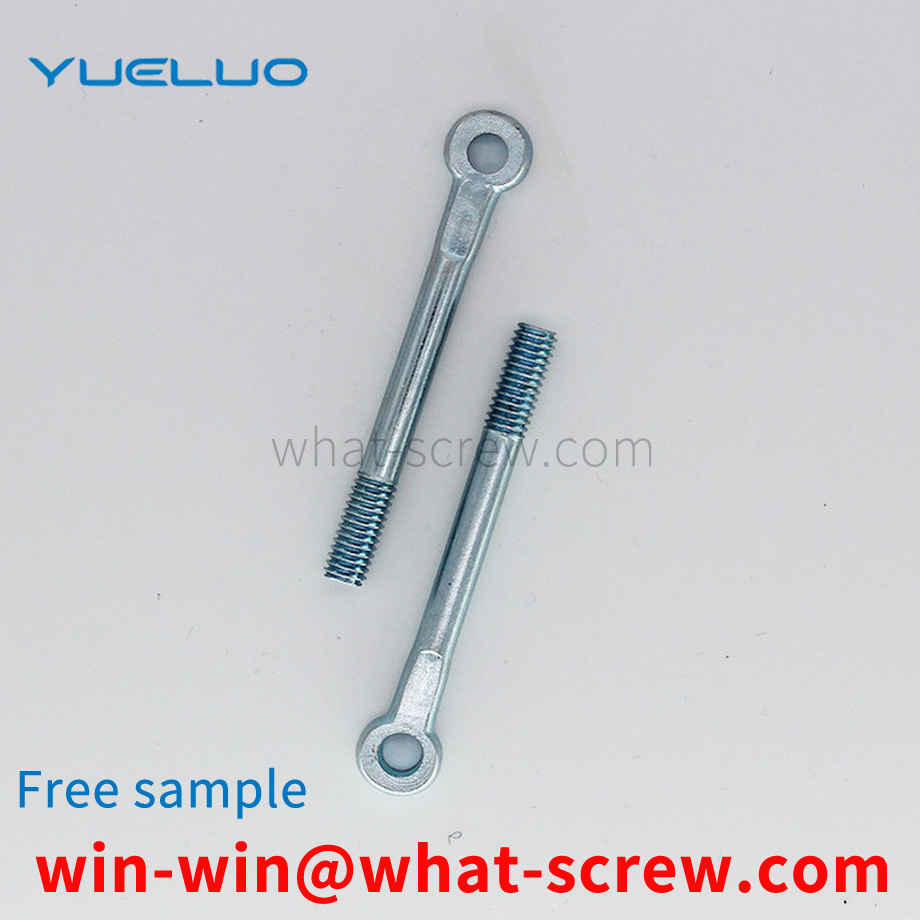
In order to achieve the above purpose, the technical scheme adopted by the screw in Yueluo Company is as follows.
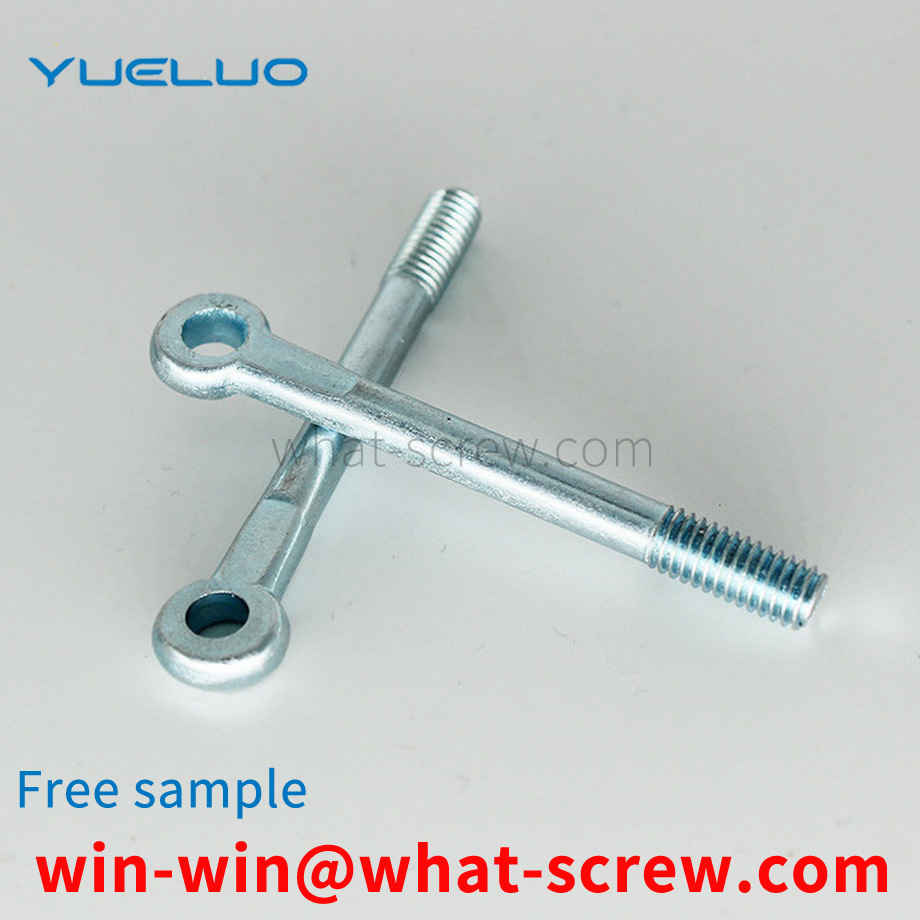
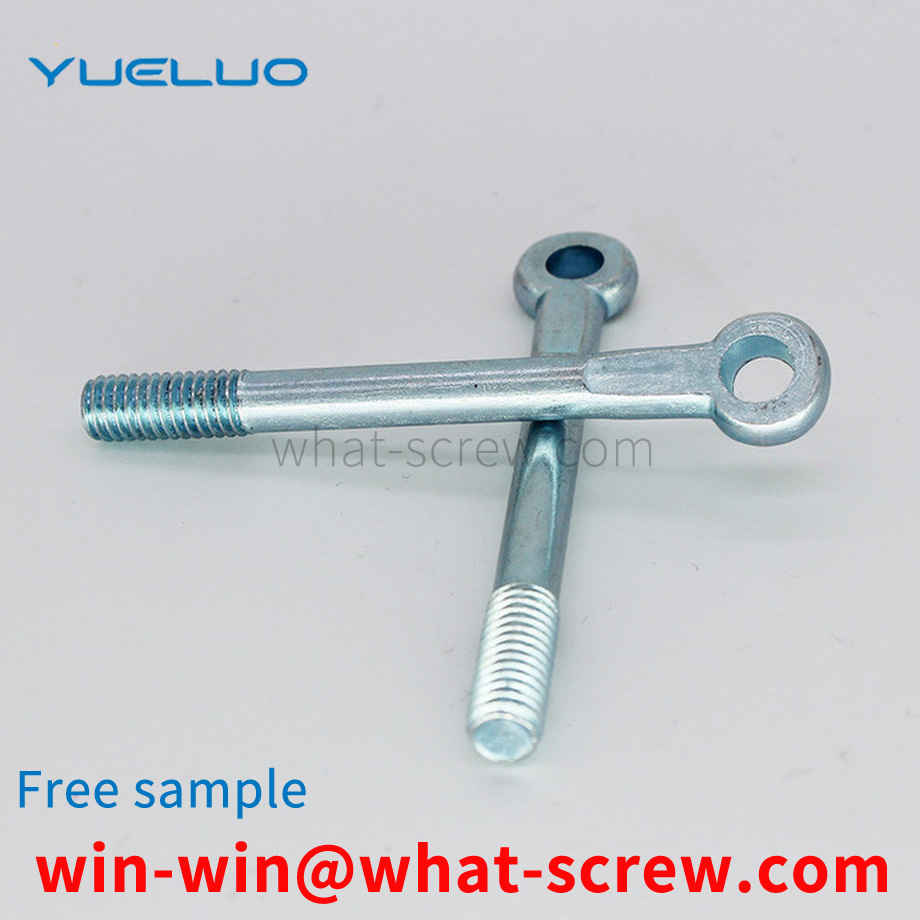
double-headed pin puller includes a slider hammer and a sliding rod, two ends of the sliding rod are respectively provided with different types of pin-pulling parts, the pin-pulling parts are threadedly connected with the sliding rod, and the sliding rod is also provided with There is a sliding rod limit block, and the sliding rod is slidably connected with the slider hammer. The double-headed pin puller can install two types of pin-pulling heads at the same time, and can pull out two different types of pins. It is easy to use and has high work efficiency. Disadvantage: Single function, cannot be used to install pins.
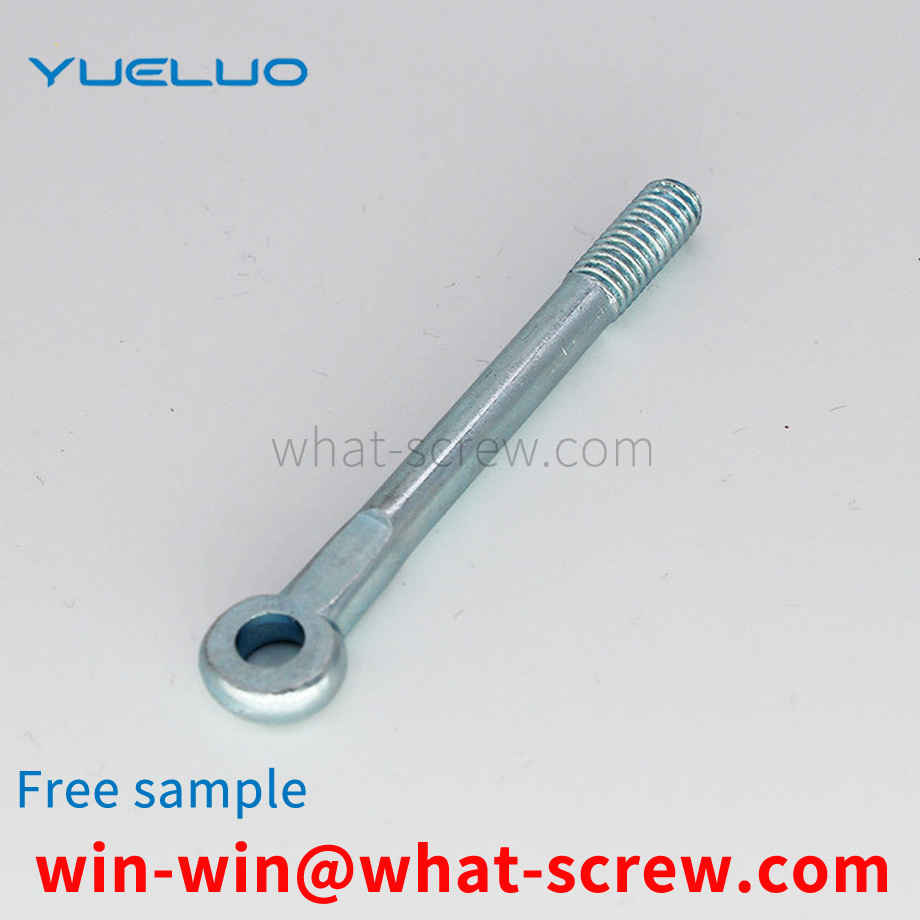
Surface treatment process of screws 1. Types of surface treatment: Surface treatment is the process of forming a covering layer on the surface of the workpiece by a certain method. The purpose is to give the surface of the product a beautiful and anti-corrosion effect. The following methods are as follows: 1. Electroplating: Immerse the part to be electroplated in an aqueous solution containing the metal compound to be deposited, and pass the current through the plating solution to precipitate and deposit the electroplated metal on the part. Generally, electroplating includes galvanized, copper, nickel, chromium, copper-nickel alloy, etc., and sometimes blackening (blue), phosphating, etc. are also included. 2. Hot-dip galvanizing: It is done by immersing the carbon steel parts in a zinc-melting bath with a temperature of about 510°C. The result is that the iron-zinc alloy on the surface of the steel gradually becomes passive zinc on the outer surface of the product. Hot dip aluminizing is a similar process. 3. Mechanical plating: The surface of the product is impacted by the particles of the plated metal, and the coating is cold welded to the surface of the product.
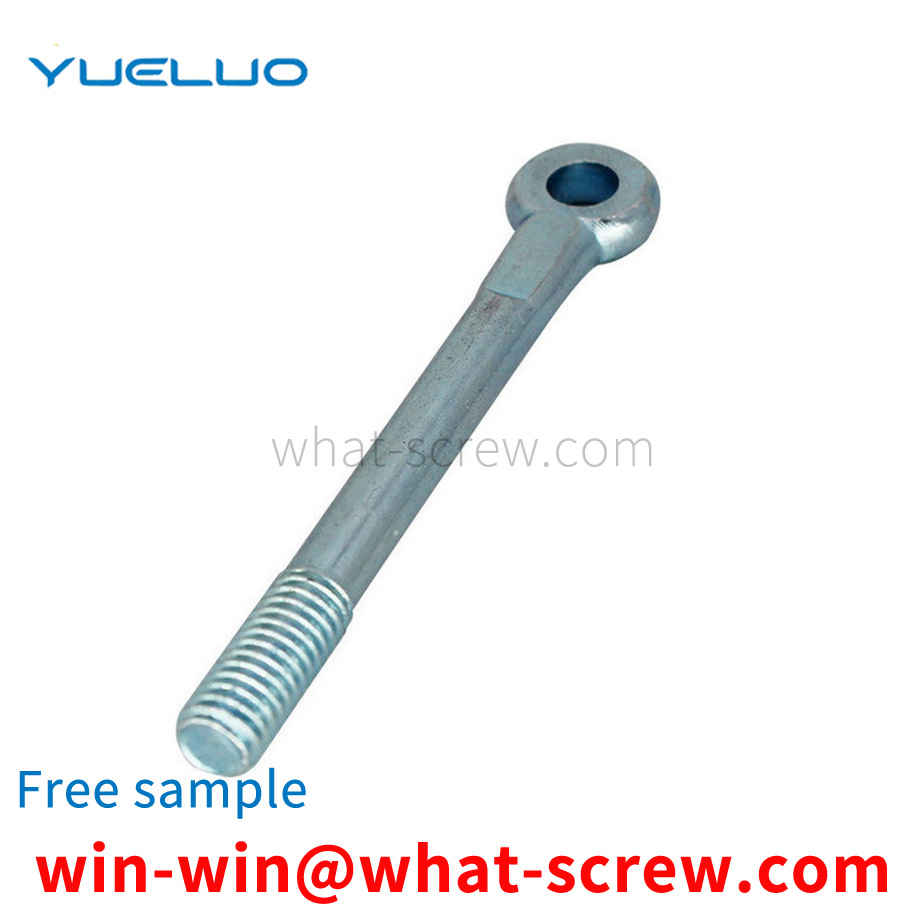
The above content is uploaded by Yueluo or the Internet. If there is any copyright issue, please contact [email protected].

What is the tolerance range of precision screws?
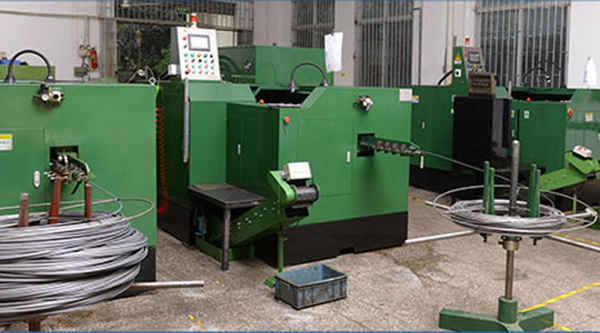
How to choose the right stainless steel screw manufacturer?
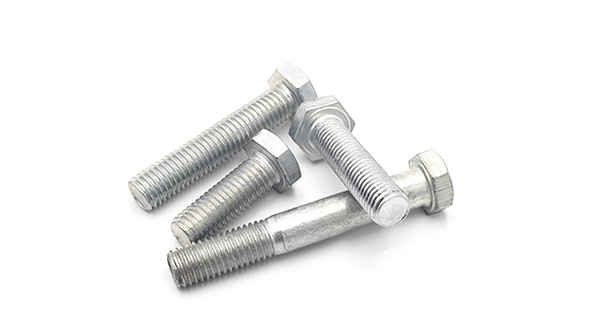
Why is there an R angle under the head of the hexagon head s...

We have more than ten years of production experience in the ...

We have more than ten years of experience in the production ...

We have more than ten years of experience in the production ...
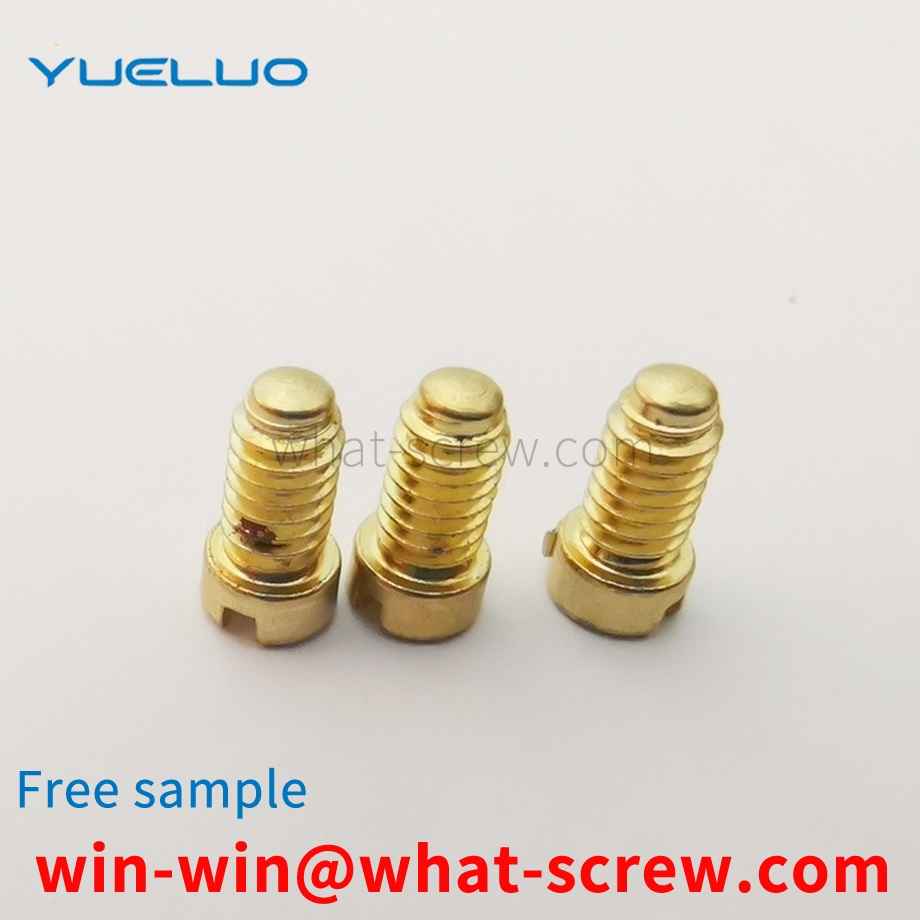
We have more than ten years of experience in screw industry ...